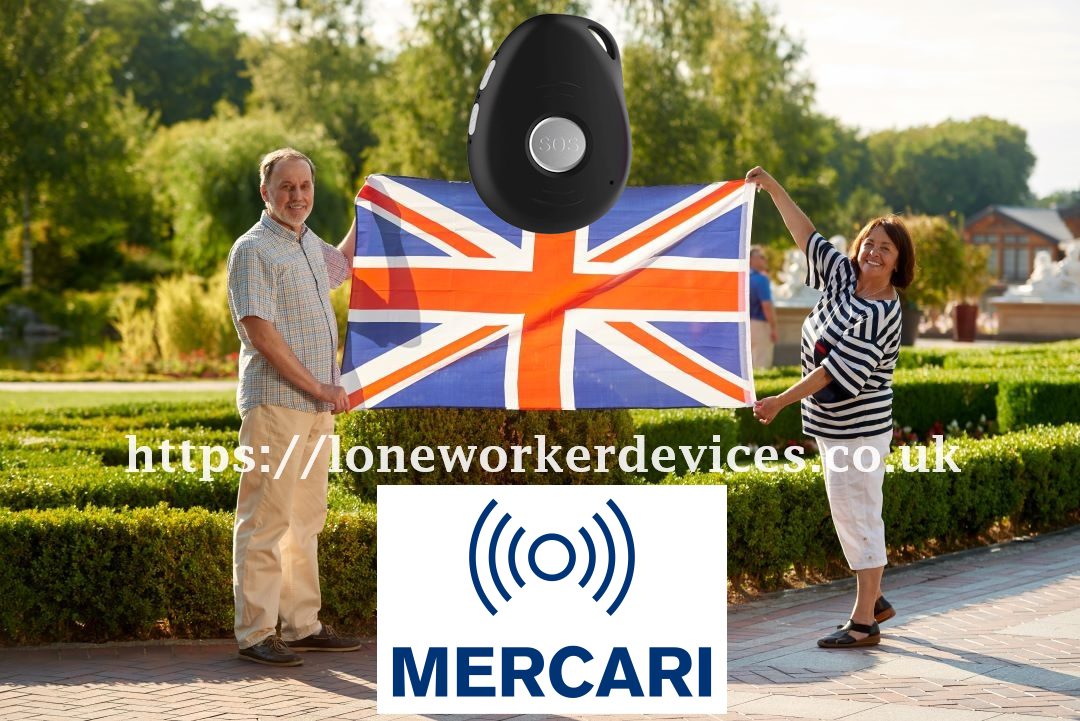For workers, a supplier label is their first warning that a product could pose a hazard. They must learn how to read it and follow the precautionary measures recommended. If it's not legible or illegible, they should report it to their supervisor.
There are two main types of supplier labels. The first is the 1988 WHMIS Supplier Label, which has a hatched border. It contains signal words, precautionary statements, and hazard statements. This label isn't usually used anymore.
img width="355" src=" ">https://loneworkerdevices.co.uk/geofence-2/ WHMIS has evolved to include the new Global Harmonized System of Classification and Labelling Chemicals. https://loneworkerdevices.co.uk/man-down-alarm/ When a new WHMIS label is introduced, it must follow the new standardized classification criteria.
">https://loneworkerdevices.co.uk/geofence-2/ WHMIS has evolved to include the new Global Harmonized System of Classification and Labelling Chemicals. https://loneworkerdevices.co.uk/man-down-alarm/ When a new WHMIS label is introduced, it must follow the new standardized classification criteria.
Labels are important safety tools, but they do not give complete information on the safe use of a hazardous product. In addition, supplemental information is required. Supplemental information can include instructions for handling a spill, information on the physical state of the product, or information on hazards that are not included in the standardized WHMIS list.
Another type of supplier label is the safety data sheet. Safety data sheets are designed to provide detailed information on a chemical's health and safety characteristics. These documents also provide important first aid instructions.
Both a supplier label and a safety data sheet are required for hazardous products. The supplier label is typically placed on the back of the container.
A workplace label is a separate type of label that is required for all workplace hazardous materials. It is affixed by the employer to the container, usually at the time the product is decanted. Depending on the type of label, it may include a pictogram.
![[PukiWiki] [PukiWiki]](image/pukiwiki.png)
